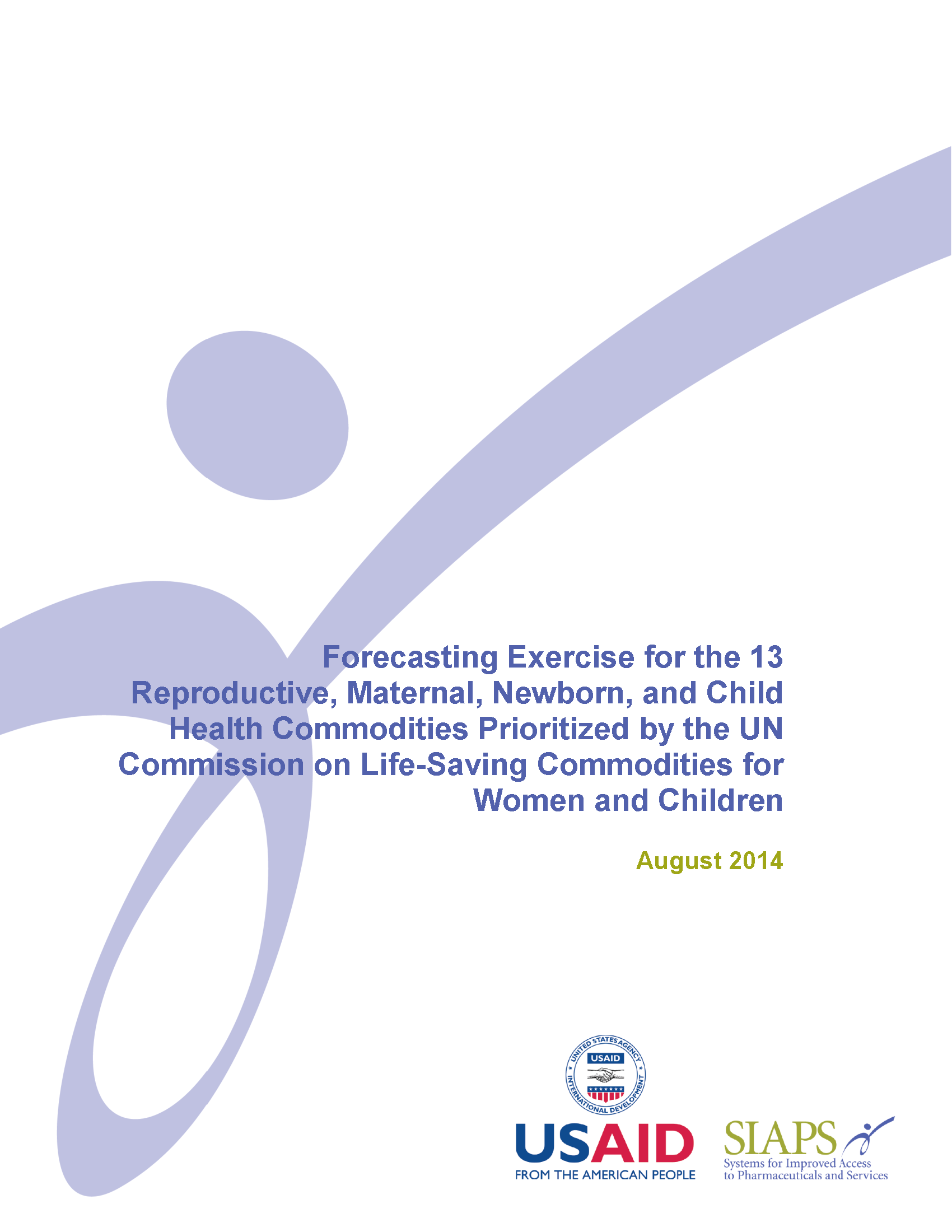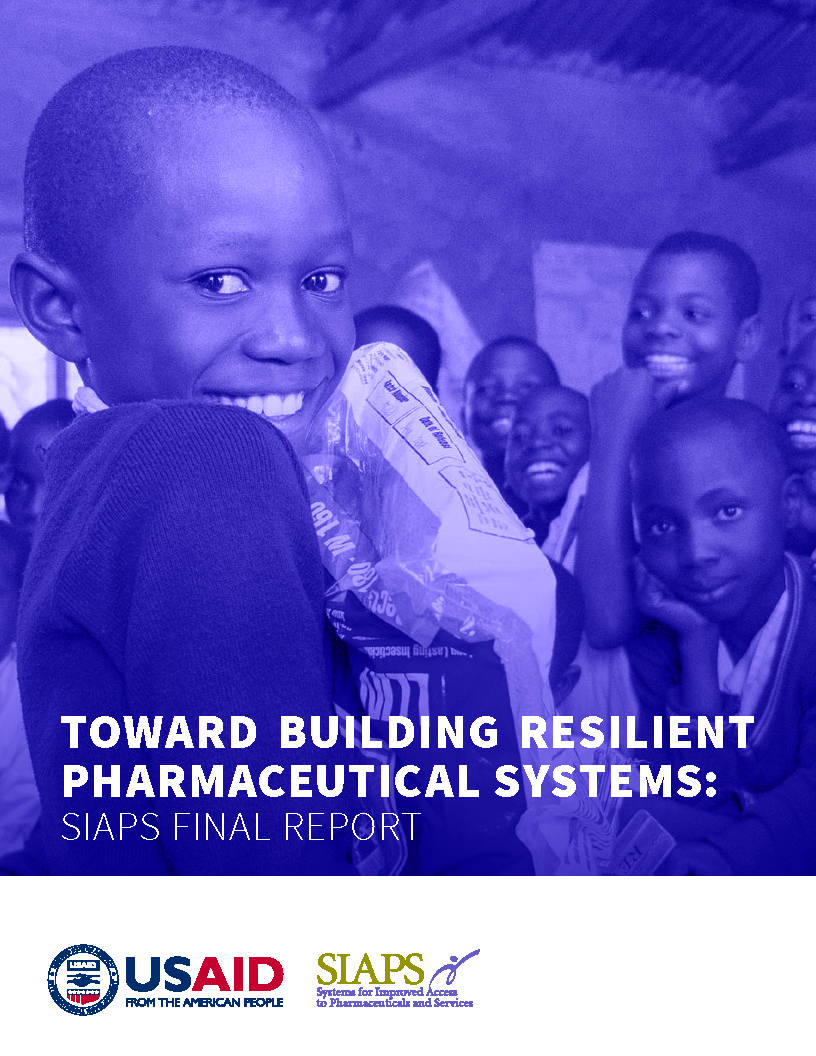
In September 2012, the United Nations Commission on Life-Saving Commodities for Women and Children released its recommendations for improving access to 13 priority commodities across the reproductive, maternal, newborn, and child health (RMNCH) continuum. These recommendations focused on developing markets, both local and global, for these commodities; strengthening national supply chains; and improving demand. One of the supply chain areas for these commodities that was identified as particularly weak was forecasting and supply planning. For several of these commodities, the data required to estimate need accurately are unavailable in many countries and national forecasts are based on unsubstantiated assumptions and often on data from past procurements.
The U.S. Agency for International Development (USAID)/Bangladesh requested assistance from the Systems for Improved Access to Pharmaceuticals and Services (SIAPS) Program, implemented by Management Sciences for Health (MSH), to address supply chain management issues related to essential medicines, especially tracer drugs (determined by Forecasting Working Group of the MOHFW) with maternal, newborn, and child health (MNCH) products. The aim of this comprehensive forecasting exercise was to help the Government of Bangladesh (GOB) and other key national stakeholders to improve the security of essential health medicines in the country, strengthen the distribution and management information systems in place, and build local capacity to strengthen health systems.


